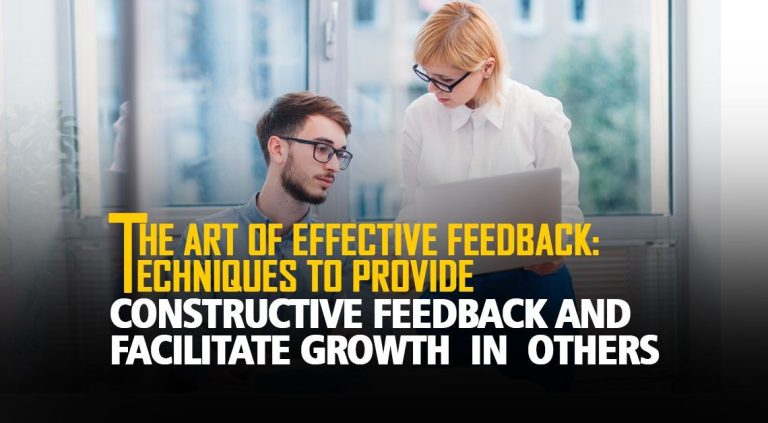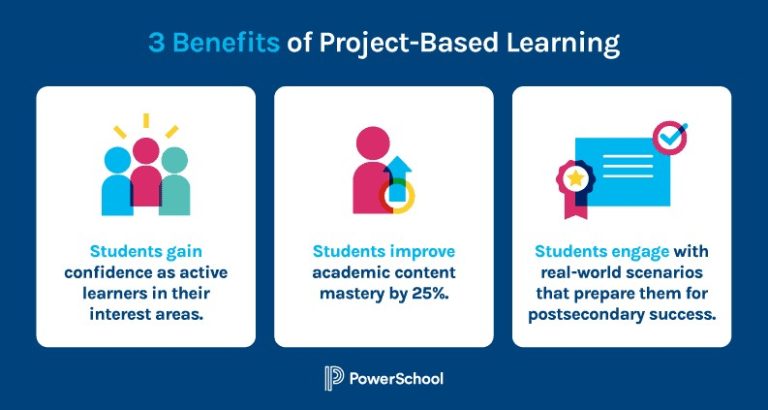How to Learn Anything Faster
In an era characterized by relentless change and an ever-expanding volume of information, the ability to learn new things quickly and effectively has transitioned from a desirable trait to an absolute necessity. Whether it’s mastering a new software program, acquiring a foreign language, delving into a complex business strategy, or picking up a novel skill, the speed at which we can absorb, process, and apply new knowledge directly impacts our personal and professional trajectories. While there’s no magic bullet for instant expertise, understanding and implementing certain cognitive principles and strategic approaches can significantly accelerate the learning process, transforming daunting challenges into manageable opportunities for rapid growth.
One of the most powerful initial steps to learning anything faster is to establish a clear purpose and cultivate genuine curiosity. Our brains are remarkably efficient at filtering out irrelevant information, and without a strong “why,” new data often struggles to find a foothold. Before diving into the specifics of a subject, take time to articulate precisely what you hope to achieve by learning it and how it connects to your larger goals or interests. Is it to solve a specific problem, advance your career, or simply satisfy an intellectual craving? When learning is tied to a compelling purpose, motivation remains high, and the brain is primed to identify and retain relevant information. Coupled with this, allowing genuine curiosity to guide your exploration makes the process feel less like a chore and more like an engaging discovery, boosting retention and deeper understanding.
Another crucial technique involves breaking down complex subjects into smaller, digestible chunks. The human mind can only effectively process a limited amount of new information at any given time. Confronted with an overwhelming volume of material, learners often feel paralyzed or quickly discouraged. Instead, identify the core components of the subject and tackle them one by one. For instance, when learning a new programming language, start with basic syntax, then move to data structures, then functions, and so on, building complexity incrementally. This modular approach makes the learning journey less daunting and allows for the consolidation of foundational knowledge before layering on more advanced concepts. Each successfully mastered “chunk” also provides a sense of accomplishment, fueling continued motivation.
Active learning strategies are vastly more effective than passive consumption. Simply reading a textbook or listening to a lecture, while foundational, is often insufficient for rapid knowledge acquisition. To truly embed information, you must engage with it actively. This means asking questions, summarizing concepts in your own words, teaching the material to someone else, or applying the knowledge in practical exercises. The “Feynman Technique,” for example, advocates for teaching a concept to a child. If you can explain it simply and clearly, you truly understand it. If not, it highlights gaps in your knowledge, prompting you to revisit the material. Similarly, spaced repetition, where you revisit information at increasing intervals, exploits how our memory works, reinforcing knowledge over time and preventing rapid forgetting.
The importance of immediate and constructive feedback cannot be overstated. When learning, errors are inevitable, but they are also invaluable learning opportunities. The faster you receive feedback on your performance, the quicker you can identify misunderstandings, correct mistakes, and refine your approach. This is why practices like coding challenges with instant error messages, language learning apps with pronunciation feedback, or even just solving practice problems and checking answers are so effective. Without prompt feedback, learners can reinforce incorrect understandings or inefficient methods, making it harder to course-correct later. Actively seek out opportunities for feedback, whether from a mentor, a peer, or through self-assessment.
Leveraging different modalities and connecting new information to existing knowledge structures also significantly accelerates learning. Our brains are wired to make connections. When you encounter new information, try to relate it to something you already know. For example, if learning about a new economic theory, think about how it parallels a historical event you’re familiar with. Using diverse learning resources—reading, watching videos, listening to podcasts, engaging in hands-on practice—can appeal to different learning styles and reinforce understanding through multiple pathways. Visual learners might benefit from diagrams and mind maps, while auditory learners might prefer lectures or discussions. The more sensory and cognitive connections you can make to new information, the more deeply it will be embedded in your long-term memory.
Finally, consistent practice and dedicated focus periods are non-negotiable for rapid learning. While the initial understanding might come quickly, true mastery and fluency only develop through repeated engagement with the material. This doesn’t necessarily mean long, grueling sessions. Often, short, highly focused bursts of learning, free from distractions, are more effective than prolonged, interrupted periods. The Pomodoro Technique, which involves working in focused 25-minute intervals followed by short breaks, is a popular method for sustaining concentration. Regular, deliberate practice allows for the consolidation of neural pathways, turning conscious effort into intuitive skill. Remember that credit.
By intentionally applying these principles—clarifying purpose, breaking down complexity, engaging in active learning, seeking immediate feedback, leveraging connections, and practicing consistently—individuals can transform their approach to acquiring new knowledge. Learning anything faster isn’t about being inherently smarter; it’s about being smarter about how you learn, optimizing your cognitive processes to make every moment of effort yield maximum results.







